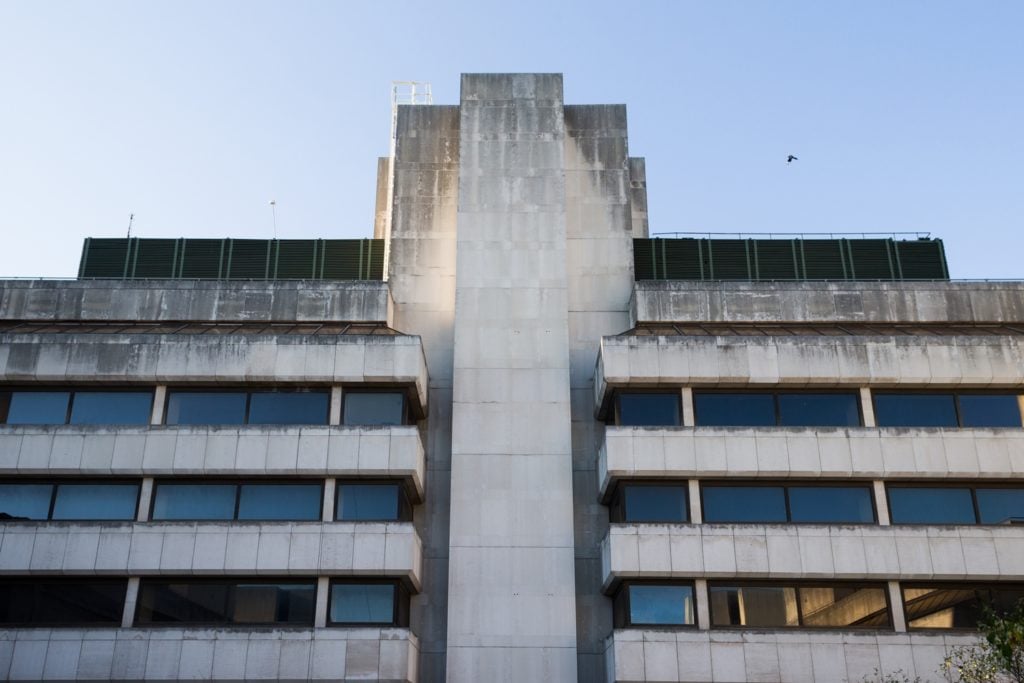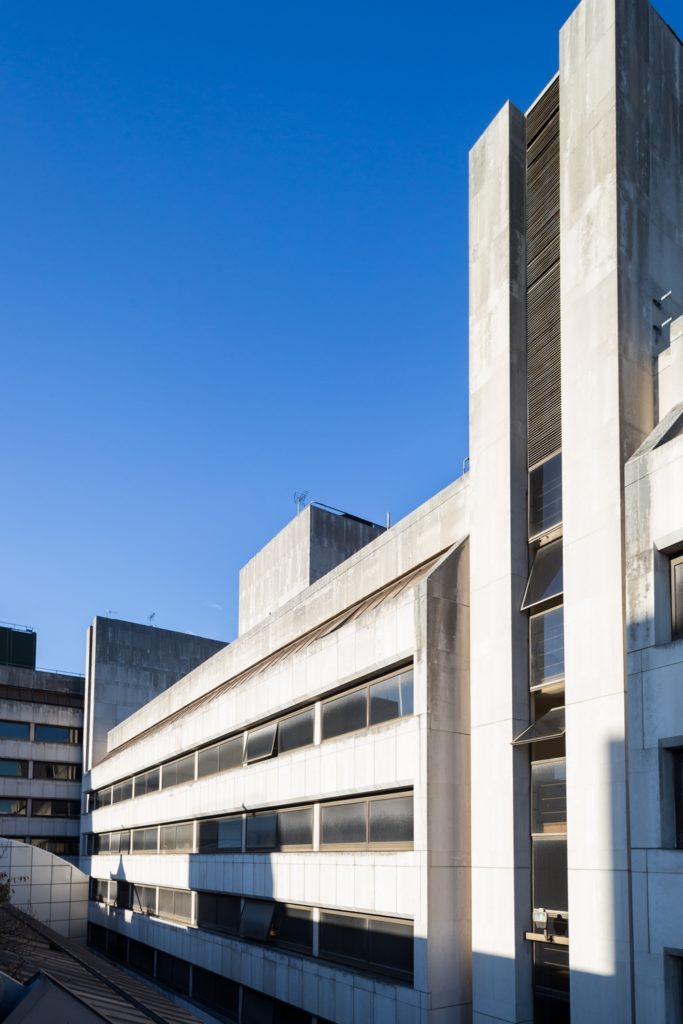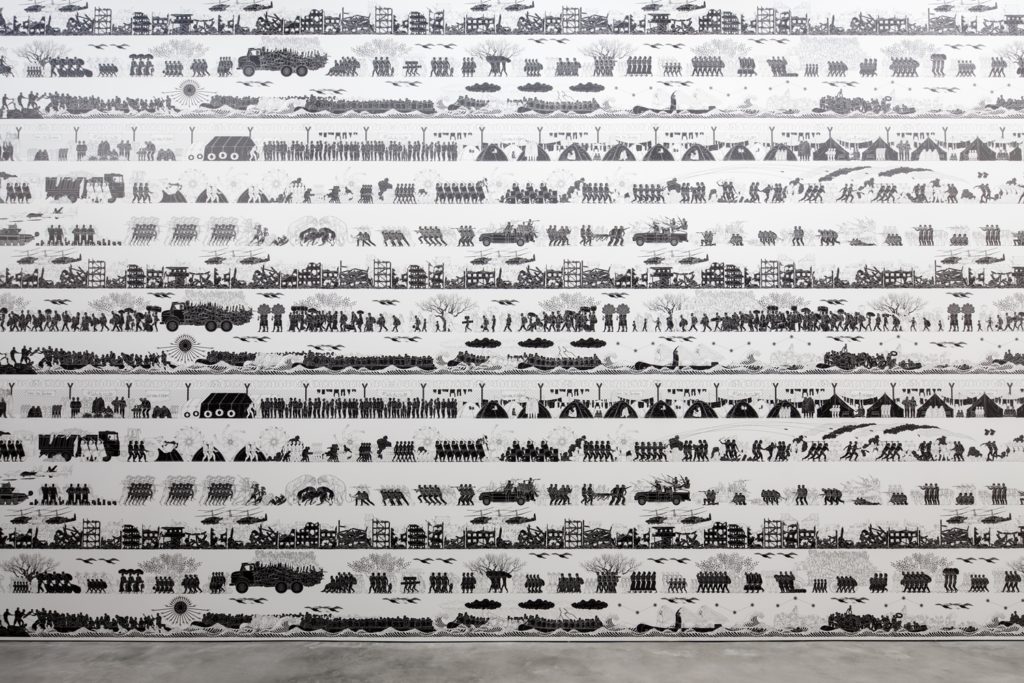Art World
With a Giant Floating Anish Kapoor and Other Mega-Art, Lisson Prepares a Spectacular 50th Anniversary Show in London
It's the biggest undertaking the London gallery has ever attempted.

It's the biggest undertaking the London gallery has ever attempted.

Naomi Rea

How can a gallery that represents 54 artists and operates spaces on two continents possibly memorialize 50 years’ worth of programming in one exhibition? For Lisson Gallery, which celebrates its 50th anniversary this year, the answer is clear: Don’t even try.
“It’s impossible to do a history of a gallery or a retrospective that covers everything,” said Ossian Ward, Lisson’s head of content, who is co-organizing the exhibition with Greg Hilty. “So we are trying to have some immediacy, showing more work that is being produced recently, some of it brand new.”
The gallery has released the final details of the hotly anticipated, sprawling offsite exhibition, which runs from October 5 to December 10 to coincide with Frieze London. Cheekily titled “EVERYTHING AT ONCE,” in a nod to the futility of the exercise, the show presents 45 new and historical works by 24 artists currently represented by the gallery.

The Infinite Mix, The Store Studios, Courtesy of Michael Wilkin Photography for The Vinyl Factory.
The curators will install sculpture, painting, installation, video and sound works across three floors of a former Brutalist office building. Among the exciting new commissions are works by Lee Ufan and Tatsuo Miyajima, as well as a site-specific 60-meter-long mud mural by Richard Long. Stanley Whitney will also present a group of new paintings similar in scale to those he made for documenta 14.
The show will, of course, also dip into the history of the gallery, which played an important role in the careers of several conceptual, Minimalist, and performance artists. To that end, the curators will present a trio of films by Marina Abramović, works by Art & Language, and Rodney Graham’s memorable cinematic short, Vexation Island (1997).
Also on show will be reconfigured installations by artists including Nathalie Djurberg & Hans Berg, Haroon Mirza, Laure Prouvost, and Lawrence Weiner. One of Cory Arcangel’s hacked computer game works from 2005, which was shown at Art Basel Unlimited earlier this year, will also be on view.
The ultra-cool Brutalist venue, Store Studios—which hosted the Hayward Gallery’s blockbuster video show “The Infinite Mix” last year and is the new home of London Fashion Week—will enable the gallery to show large-scale work it has not been able to accommodate in the past.
“Most of the works in the exhibition have never been shown at Lisson Gallery, but some of them are too big or too ambitious to show in a gallery setting,” Ward told artnet News.

Installation views from Ai Weiwei 2016: Roots and Branches at Lisson Gallery in New York, Courtesy Lisson Gallery.
Among the jumbo art on show is Anish Kapoor’s At the Edge of the World II (1998), which will float overhead on the ground floor, and a twisted plywood Möbius strip sculpture titled Turning a Blind Eye (1984) by Richard Deacon. Ai Weiwei has contributed Odyssey (2016), a 50-meter long wallpaper version of a frieze he showed in Lisson in New York depicting the plight of refugees.
Ward also hopes the gallery’s chosen venue will attract a younger, more general audience. The Vinyl Factory, with whom the gallery is partnering to present the show in the space, has “a slightly different audience… so it’s partly to tap into that rather than the art-world audience, who we know fairly well.”
The exhibition does not try to offer an encyclopedic history of the gallery, which opened on Marylebone’s Bell Street in 1967 and is one of the world’s longest-running international contemporary art galleries. But Ward has produced an accompanying archival book that offers a more thorough, chronological look back.
The show, Ward said, is an effort to highlight the achievements of the artists “rather than some kind of focus on the gallery itself as a container. The gallery does lots of things for the artists but it’s not about that—it’s about what the artists have managed to achieve during that time.”